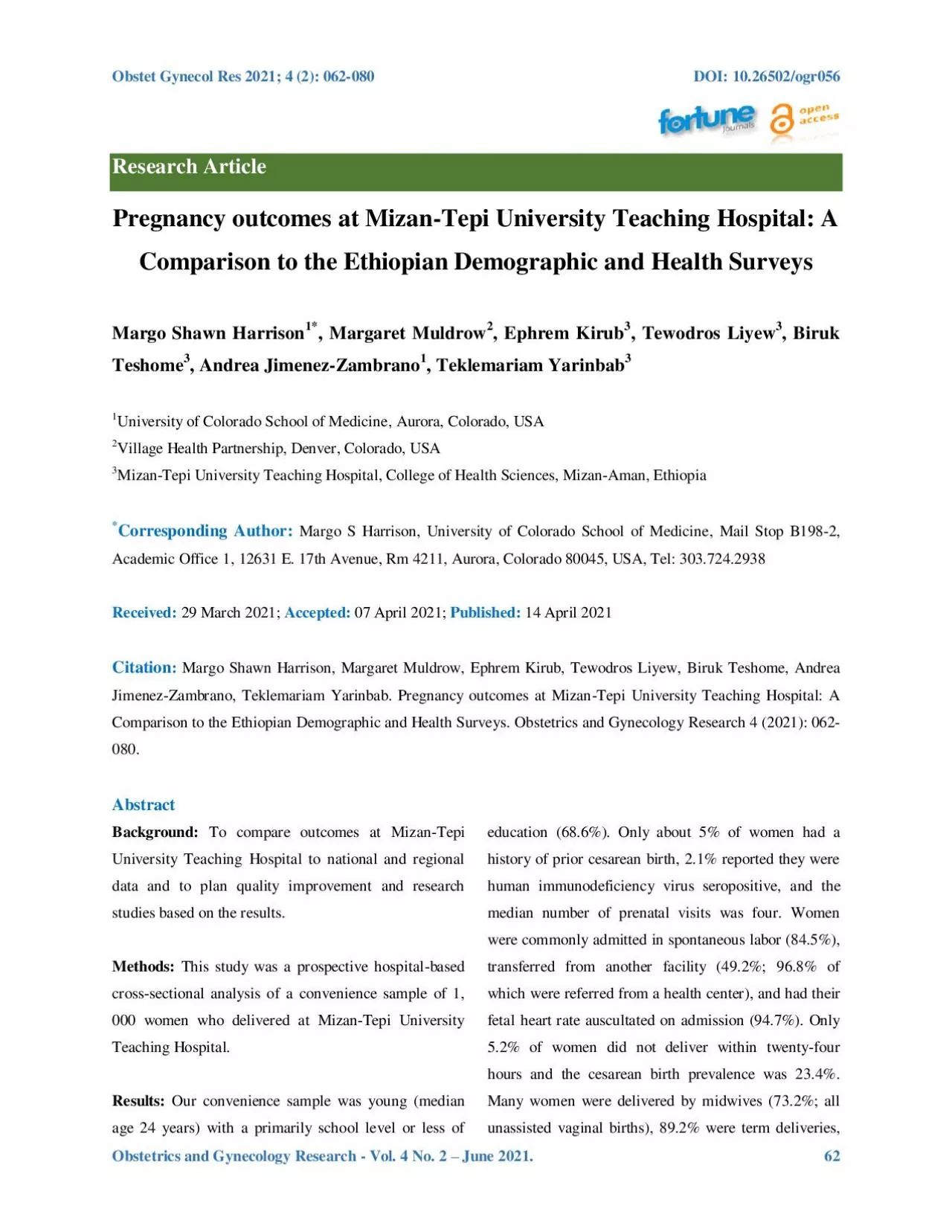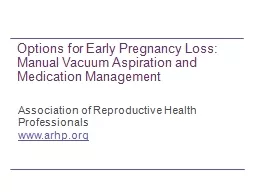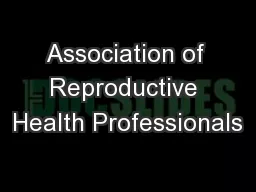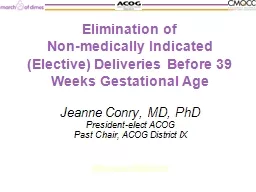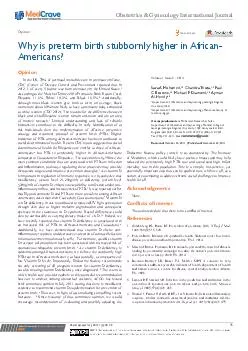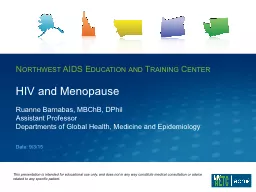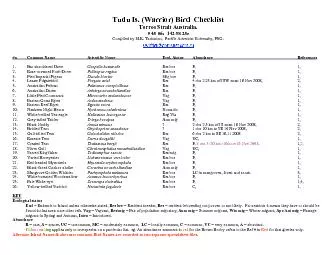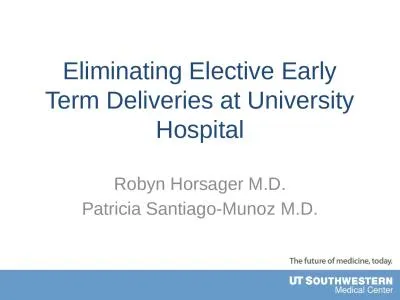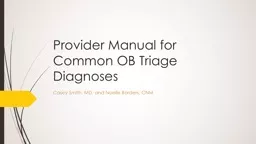PDF-Obstet Gynecol Res 2021 4 2
Author : emma | Published Date : 2021-07-02
0 62 0 80 DOI 1026502ogr056 Obstetrics and Gynecology Research Vol 4 No 2 June 20 21 63 and 925 of neonatal birthweights were 2500 grams or heavier Less than
Presentation Embed Code
Download Presentation
Download Presentation The PPT/PDF document "Obstet Gynecol Res 2021 4 2" is the property of its rightful owner. Permission is granted to download and print the materials on this website for personal, non-commercial use only, and to display it on your personal computer provided you do not modify the materials and that you retain all copyright notices contained in the materials. By downloading content from our website, you accept the terms of this agreement.
Obstet Gynecol Res 2021 4 2: Transcript
Download Rules Of Document
"Obstet Gynecol Res 2021 4 2"The content belongs to its owner. You may download and print it for personal use, without modification, and keep all copyright notices. By downloading, you agree to these terms.
Related Documents

